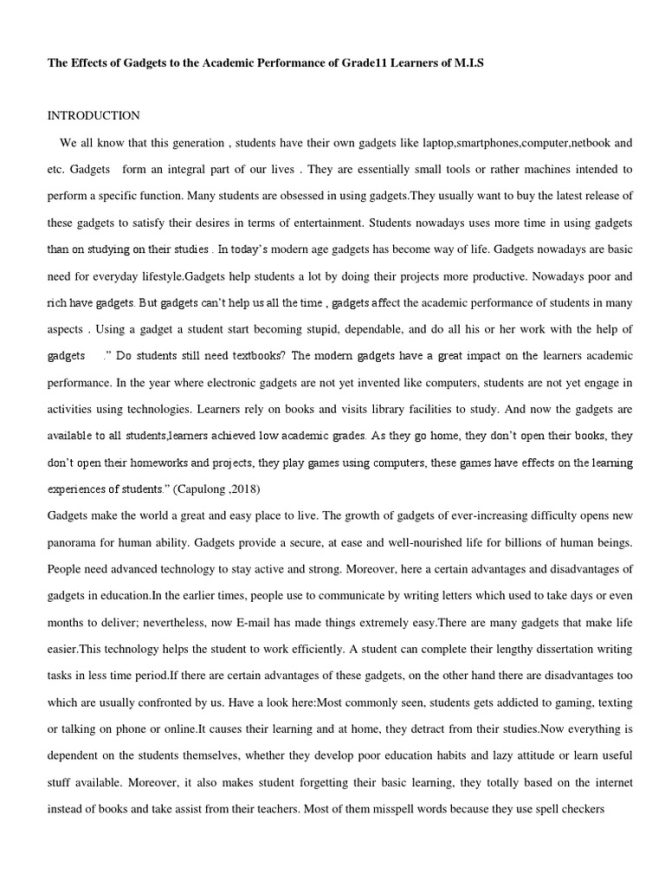
Do gadgets attract lightning? This seemingly simple question has captivated the minds of many, sparking debates and fueling speculation. The connection between technology and weather phenomena is often a source of fascination and concern. This comprehensive guide will delve into the complex relationship between electronic devices and lightning strikes, dispelling myths and providing actionable insights to help you understand the potential dangers and mitigate risks. We’ll explore the scientific basis for lightning occurrences, discuss the role of materials in attracting lightning, and offer practical strategies for protecting yourself and your devices during thunderstorms. This article is structured into sections focusing on the scientific principles, the role of materials, and concluding with safety precautions.
Understanding the Science of Lightning
Atmospheric Electricity
Lightning is a dramatic electrical discharge that occurs between clouds or between a cloud and the ground. It’s a natural phenomenon powered by the complex interplay of atmospheric electricity. Large temperature differences and moisture levels in the atmosphere create electrical charges, building up potential energy until the air can no longer contain it. This electrical discharge is what we perceive as lightning. The path of least resistance determines where the lightning strikes. Understanding this process is crucial to comprehending how lightning can potentially interact with objects on the ground, including gadgets.
Lightning Strike Mechanics
Lightning follows the path of least resistance. This means that a sharply pointed object, or one with a high electrical conductivity, is more likely to attract a strike. The materials of a gadget play a crucial role in how it might be affected. A metal object can act as a conductor, drawing lightning to the area. A dry, exposed surface provides a low resistance path. The interaction between a conductor (like a metal) and a substantial voltage difference is a key component. If the electric field surrounding the metal exceeds its dielectric strength, ionization occurs. This is the point where an electrical arc forms from a lightning strike.
The Role of Materials in Attracting Lightning
Conductivity and Point Effects
Materials with high electrical conductivity can act as lightning conductors. This means that they are more likely to attract a lightning strike. This is especially true for metal objects like gadgets. However, this isn’t a direct attraction; it’s the natural path of least resistance for the discharge. This is why lightning rods, made of metal, are designed to attract lightning strikes away from structures.
Shape and Exposure
The shape of an object can also influence its susceptibility to lightning strikes. Sharp points are more likely to attract a strike. A metal gadget with a pointy design or metallic protrusions is more likely to get hit than a rounded or more insulated design. Similarly, objects exposed to the open air and devoid of protection (like a lightning rod) are at a higher risk. The more exposed the surface is, the higher the risk.
Gadgets and Lightning Safety
Protecting Your Electronics
The risk of damage from lightning strikes on gadgets is significant. Direct strikes can cause severe damage to circuits, leading to short circuits or even permanent device failure. It’s crucial to take precautions during thunderstorms to protect your electronics.
Surge Protectors and Grounding
Surge protectors and grounding systems are essential components in safeguarding electronic devices during thunderstorms. Surge protectors provide a pathway for excess electrical energy, diverting it away from your electronics. Grounding systems ensure the discharge of any static electricity or voltage difference, mitigating the risk of damage. Proper grounding is especially critical for appliances and electronic devices.
Myth vs. Reality
Dispelling the Myths
Many misconceptions surround gadgets and lightning. While a gadget isn’t a direct magnet for lightning, factors like exposed metal surfaces and inadequate safety precautions can increase the risk. The idea that electronics inherently attract lightning is simply not supported by scientific evidence. Lightning strikes are a complex natural process.
Safety Precautions During Storms
When a thunderstorm is approaching, take the necessary steps to protect yourself and your electronic devices. Seek shelter indoors and avoid using electronic devices during the storm. If you’re caught outdoors, avoid open fields, tall structures, and exposed locations. These precautions are fundamental to minimizing risks.
Case Studies and Statistics
Real-World Examples
While specific case studies of gadgets being directly struck by lightning are rare and difficult to document precisely, the impact of lightning strikes on electronic equipment is well-documented. Damage to infrastructure and equipment during storms is a common occurrence.
Statistical Data
Unfortunately, specific statistical data correlating gadget use with lightning strikes is unavailable. Lightning strike data, while extensive, is typically focused on larger-scale infrastructure and physical damage, not individual devices.
Frequently Asked Questions
Q1: Can a cell phone attract lightning?
A1: A cell phone, like other gadgets, isn’t a direct lightning attractor. However, a cell phone, especially one with a metal casing, and if used outdoors during a thunderstorm, may be more vulnerable if not properly protected. The key is the combination of metal parts and exposure to a powerful electric field. Proper precautions, such as using the phone indoors during storms, are important.
Q2: Are laptops vulnerable to lightning strikes?
A2: Yes, laptops, being electronic devices with metal components, are at risk during thunderstorms. Direct lightning strikes can cause significant damage to the internal circuitry and hard drives. Using surge protectors and grounding systems can greatly reduce this risk. Consider taking your laptop indoors during storms, and follow safety guidelines.
In conclusion, whether gadgets attract lightning is a complex issue influenced by several factors. While there’s no definitive scientific evidence that gadgets directly attract lightning, certain conditions and materials can increase the risk of strikes. Understanding these factors is crucial for mitigating risks, especially during thunderstorms. By following safety guidelines and being aware of the potential dangers, individuals can minimize the risk of lightning strikes. For more detailed information on lightning safety and gadget usage, refer to credible sources like the National Weather Service. Take precautions, stay safe, and learn more about lightning safety measures.